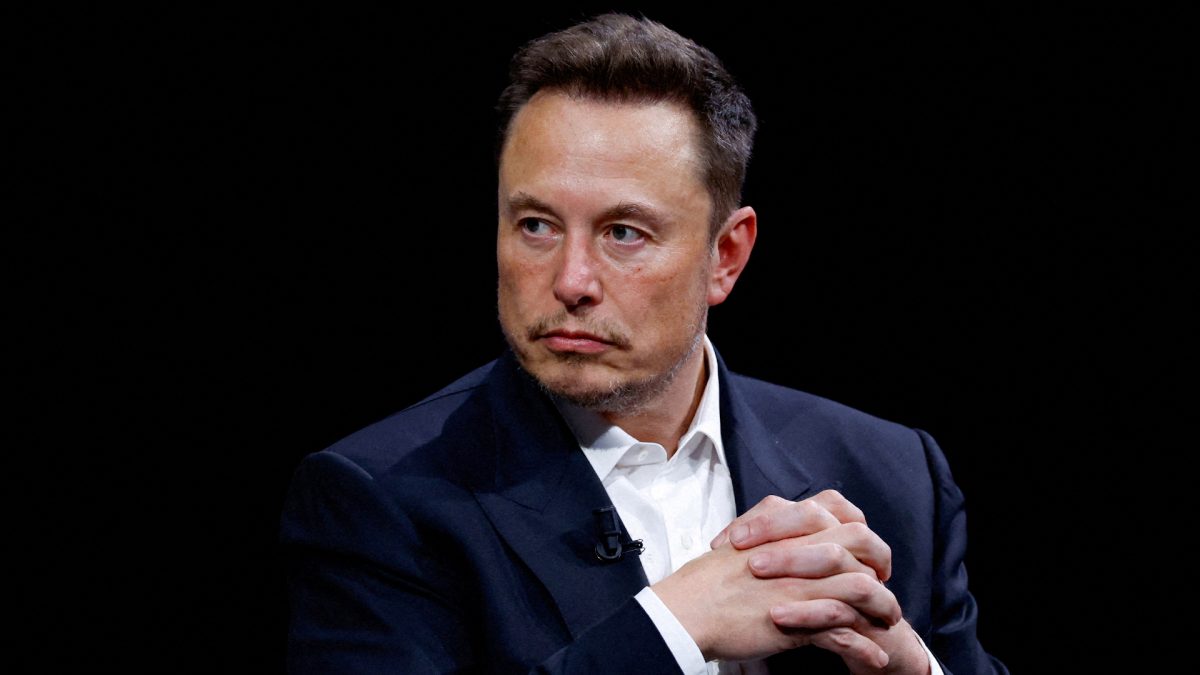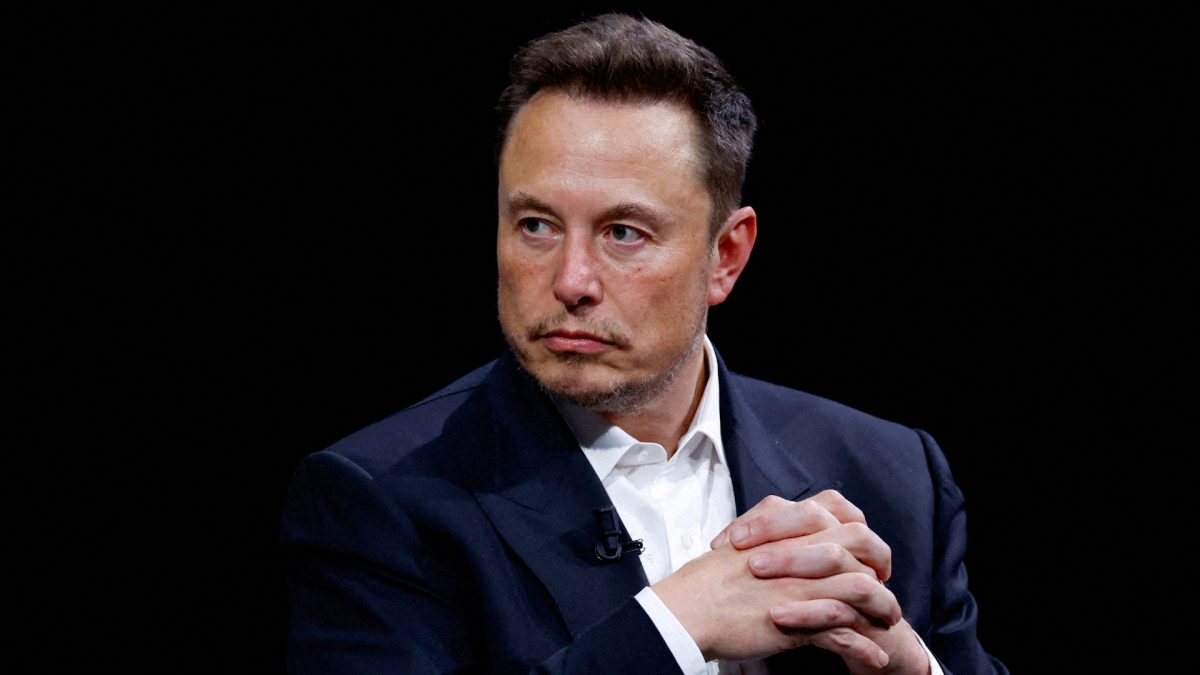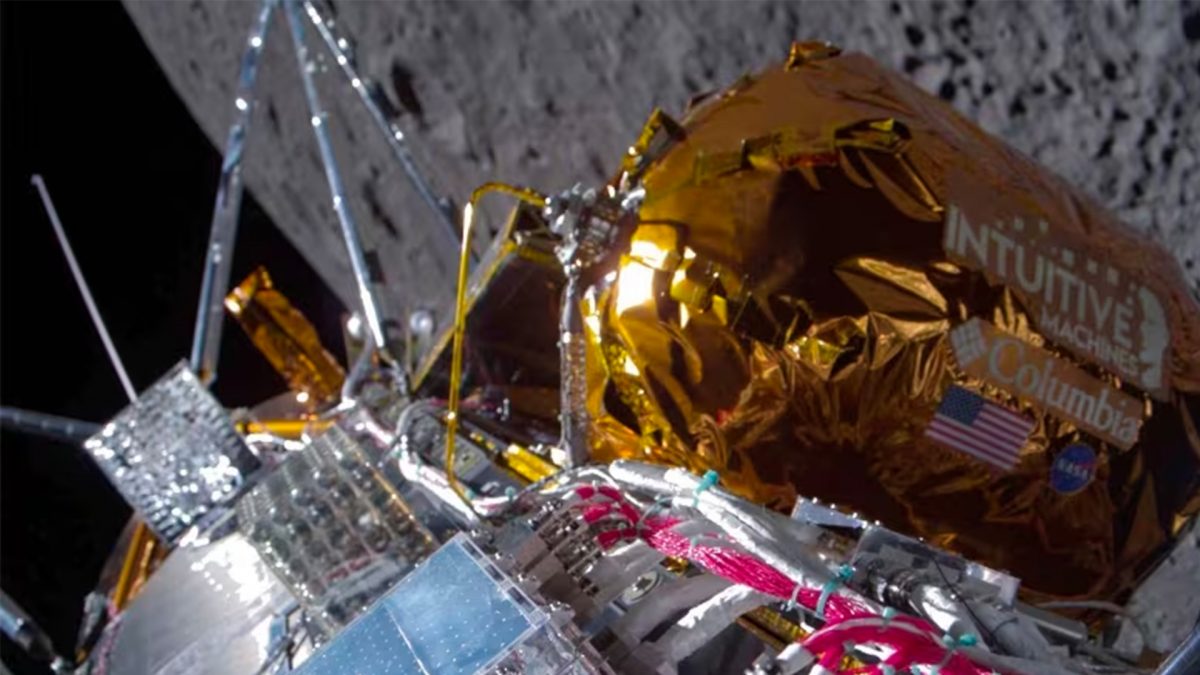Elon Musk just announced one of the most ambitious plans for a private organisation. SpaceX is developing the Interplanetary Transport System , made up of rocket boosters, spaceships and refueling tankers that hopes to send 1,000,000 people to Mars at the cost of $200,000 (Roughly Rs 1.3 crore) or less per person.
His other efforts are equally ambitious. A Hyperloop test track is being constructed in Texas so companies and students can test out pods. These pods aim to provide high speed low cost transport in pneumatic tubes. SolarCity is the world’s first vertically integrated sustainable energy company after the integration with Tesla, a move that is said to be ahead of its time . Tesla makes electric vehicles that are partially automated. Here is a closer look at what Elon Musk is doing, why it needs to be done and how he is managing it.
Capitalism is a Ladder
For Elon Musk, capitalism is a ladder. He rerouted the earnings of his previous ventures into his subsequent ventures. Zip2 and PayPal helped fund Tesla and SpaceX. This approach is used within the workings of each company as well. For example, as outlined in the Tesla Master Plan Part Deux , Tesla cars will go from high cost, low volume vehicles to low cost, high volume vehicles, with each stage generating the funds for the next.
- Create a low volume car, which would necessarily be expensive
- Use that money to develop a medium volume car at a lower price
- Use that money to create an affordable, high volume car
The approach is used for the Interplanetary Transport System as well. Initially, the cost of manufacturing and launching will be astronomically high. The components in the system, including the rocket boosters, the colonial ships, the refueling tankers are all re-usable, and can function with low cost servicing. Some rockets in the SpaceX lineup even now can be used with no refurbishment. This means that over time, the cost of each mission will come down. Taken on average, all the missions together will have a low cost.
The mad genius of Elon Musk
The brilliance of Musk is in working out the economics of juggling revenues to accelerate technology. There have been failures and close calls in the past. Earlier this month, a Falcon 9 rocket blew up on the launchpad . The payload of the rocket was a Facebook satellite to provide internet access to underserved areas in Africa. His plans for SpaceX almost bankrupted Tesla , according to a report in Bloomberg. The competition, such as the New Glenn reusable rockets by the Jeff Bezos owned Blue Horizon, may reduce the earnings for SpaceX.
Capitalism and capitalists, especially in the tech sector, are assumed to be building monopolies and being greedy when successful. This perception is not entirely true, as a number of tech company founders have pledged most of their wealth to philanthropy. Although Musk himself has pledged his wealth as well, his companies are accelerating technological progress in the fields that do make the world a better place. These include environmentally friendly vehicles, sustainable electricity sources, and making human life interplanetary.
Google has a list of approaches that guides the functioning of the company. Called “ 10 things we know to be true ”, one of the main tenets is “You can make money without doing evil”. This seems to be the guide for Musk as well.
Larry Page, one of the co-founders of Google, is not exactly known for his philanthropy. Page has said, in the event of his death, he would have all his wealth go to Elon Musk instead of a charity , according to a report in Business Insider. Musk, in his presentation for the Interplanetary Transport System, stated that the only reason he is accumulating assets, is to realise the dream of making humans an interplanetary species.
Aim for the Stars
The SpaceX plans for establishing a permanent human settlement on Mars requires at least 5,000 ships with 200 people on board. Anything less than a million people in a colony, is not a viable colony. This is not an easy plan to undertake, especially as SpaceX only got founded in 2002. A private spaceflight company plans to go from satellite rocket launches to pathfinder missions on Mars in a period of less than sixteen years.
There are very few launch windows over the period of time, and SpaceX wants to use every one of those launch windows. Musk hopes funding will pour in as interest rises, and eventually the program will gather momentum. This is a plan that can easily fail, but Musk had the guts to take the risk. He is willing to use any and all means necessary to start human colonies, including a Kickstarter project and stealing underpants.
However, ambitions of SpaceX does not end at Mars. The moons of the gas giants, Jupiter and Saturn are also attractive targets for the SpaceX colony ships. Tesla renamed the Mars Colonial Transporter to the Interplanetary Transport System , to reflect these ambitions.
The SolarCity acquisition by Tesla also has big goals for mankind. The eventual aim is to provide energy requirements for humans through renewable sources only. A single call is needed to install solar panels from SolarCity and batteries from Tesla to take a home off grid. There is only one service contract, and one app for the whole process. The Gigafactory being constructed in Nevada , will be the largest battery factory in the world. The factory itself is a net zero energy factory, powered entirely by wind and solar energy. By 2020, it will produce over 50 gigawatt hours of lithium-ion batteries every year, to make batteries for electric cars and sustainable homes.
If Musk has his way, by the time this century turns, humans will be living in a science fiction novel. There will be a permanent human settlement on at least one planet in the outer solar system. This will be in a sustainable city with over a million people. There will be regular spaceflights on reusable vehicles. Convoys of spacecraft in orbit will be refuelled in orbit itself. On the surface of the earth, and on human settlements, there will be a reduced dependence on fossil fuels. Fleets of self driving cars and pods in pneumatic tubes will provide mobility.
All these plans converge in a vision for a technofuturistic utopia for mankind.


)




)
)
)
)
)
)
)
)